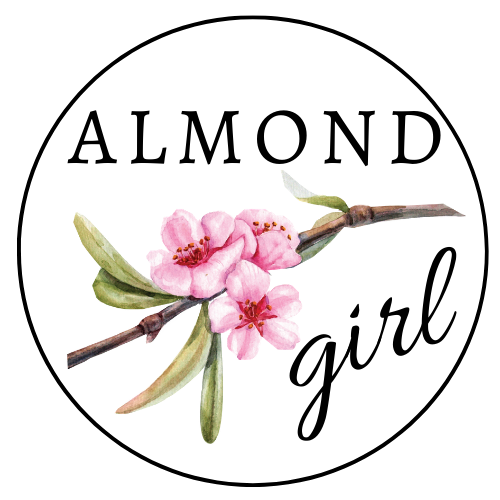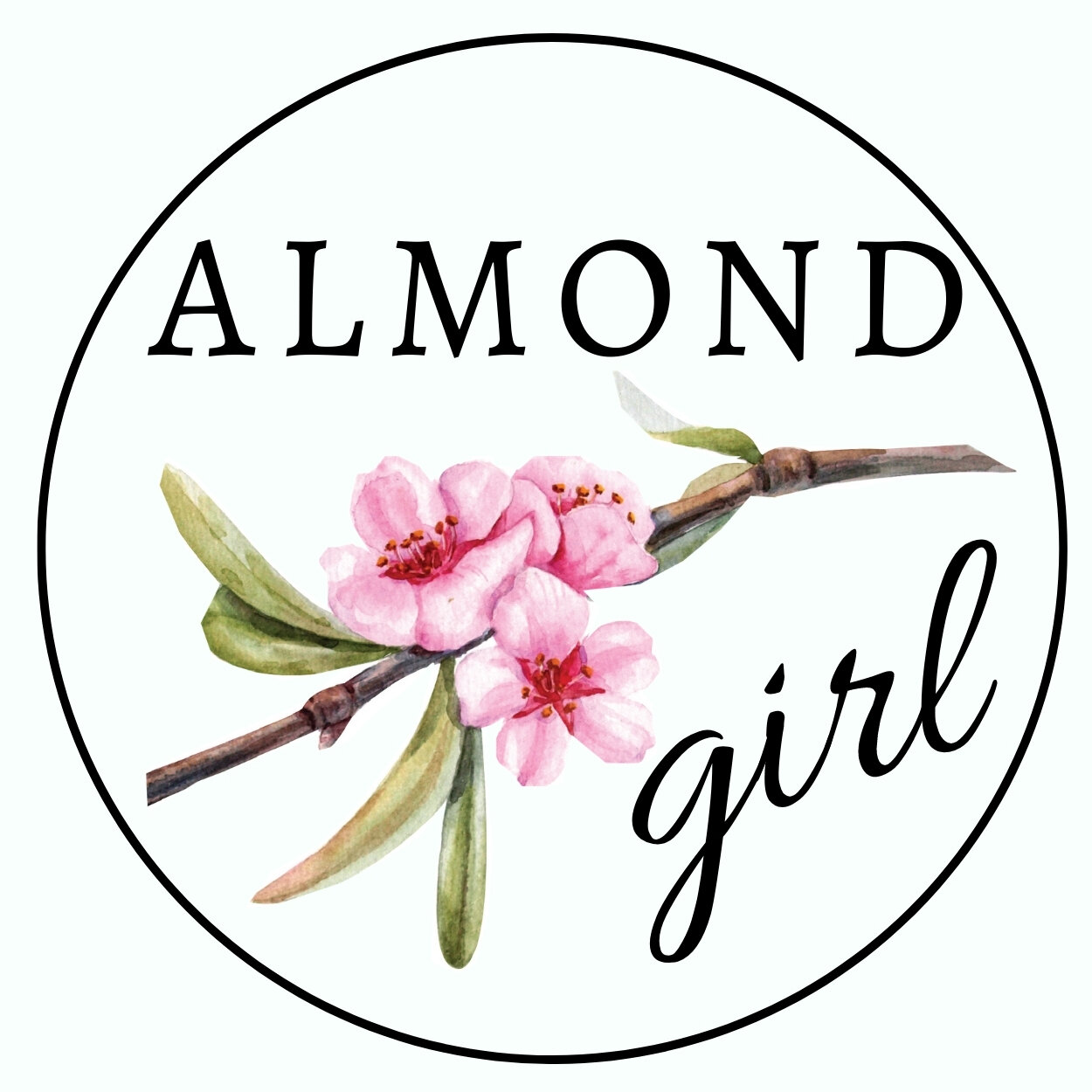Bloom and freezing temperatures
It's the most beautiful time of year to be an almond farmer. The buds are blooming and flowers are open everywhere. But as Mother Nature presents herself, no beauty comes without a challenge.

The first full week of February came and it brought with it almond blossoms. Bees were brought in about a week before that. We want the bees to arrive before bloom starts so they can get acclimated with their surroundings. This way when the buds finally open and flowers pop out, the bees know exactly where to go and what to do.
When the bees arrived it was sunny with high 60 degree weather. It was perfect conditions for them to get to work, but the flowers weren't quite ready to pop yet.


Now as full bloom approaches, we have returned to cold weather where the bees don't want to work much during the days. Bees prefer warmer temperatures, so when it's too cold they stay in the hives most of the time.
We have had multiple nights of mid to high 20s. Freezing temperatures at night will cause the flowers to freeze, potentially killing the flowers and the future nut. Throughout the valley, the temperatures vary at night, but it's been pretty cold across the state.

Frozen icicles fill an almond tree PC: Kern County Farm Bureau

Micro sprinklers spray water to keep temperatures higher in blooming orchard PC: Kern County Farm Bureau
The northern part of the state is more adapted to freezing conditions as it is more common there. In the southern end of the valley we hardly get freezing temperatures during bloom, maybe one out of every five to ten years. This being so, we don't have a need for impact sprinkler systems in the southern end of the state. Most farmers tend to us drip irrigation or micro sprinklers, these work best for the small water supply we have available. Solid set impact sprinklers systems are much more common as you move north, and they are needed for frost protection as well.
When the temperatures approach freezing and you have sprinklers in your orchard, you can turn on the irrigation system. The water in the pipes, believe it or not, is warmer than the atmosphere and will warm up the air normally about a degree or so. This little difference will help keep the flowers above the freezing level and save the buds. When you are talking about this condition for multiple nights in a row, it could save a good amount of the crop if you practice frost protection.

Top bloom with black center is freeze damage. Bottom bloom is no damage
We are hoping that our night time temperatures will move back up to the 30's or even 40's to help keep those flowers safe. We want to ensure the bees and flowers stay in good condition. In farming one thing is certain, there is never a dull moment. Lets hope for warmer nights and sunny days. Just like Will Rodgers once said "the farmer has to be an optimist or he wouldn't still be a farmer"
Until Next Time,
Almond Girl Jenny

